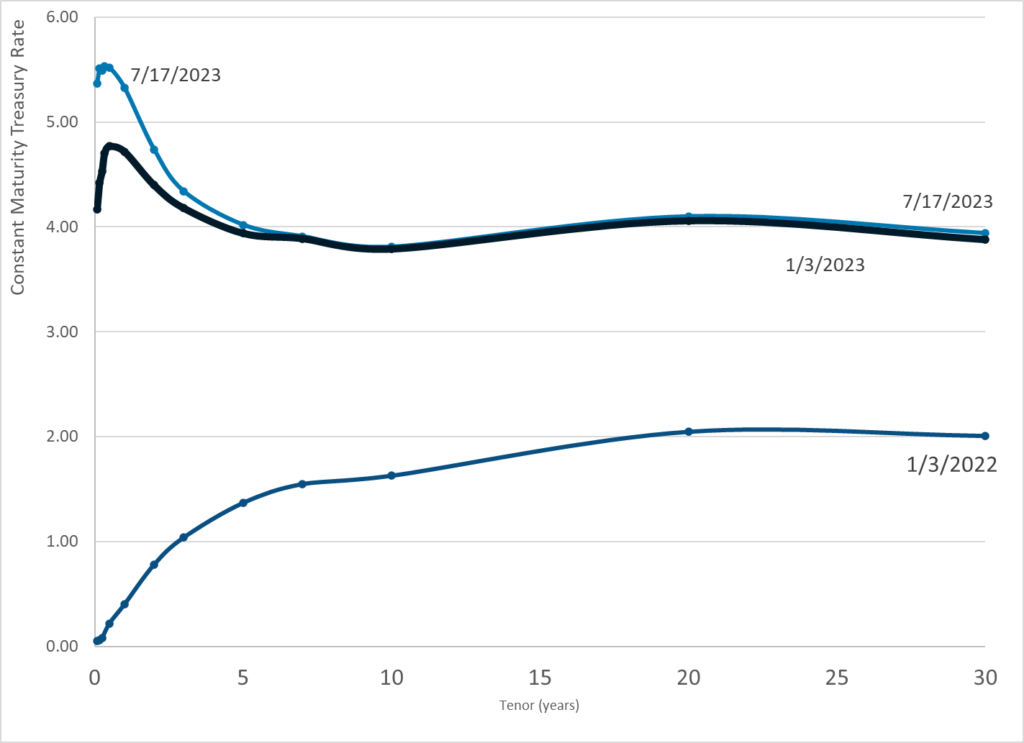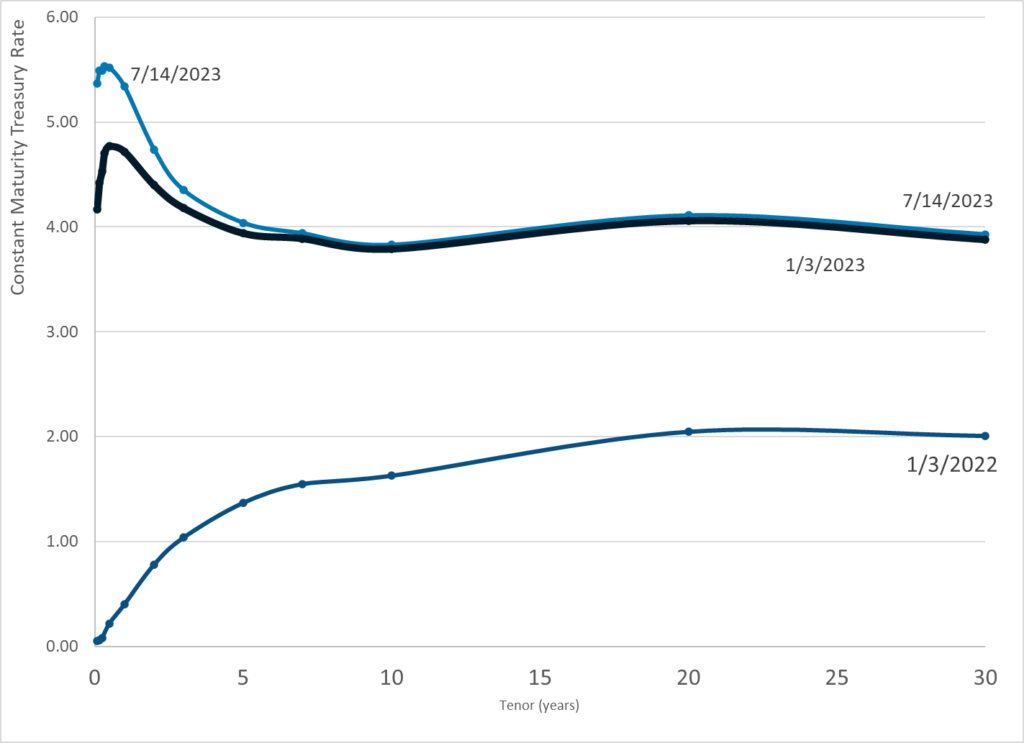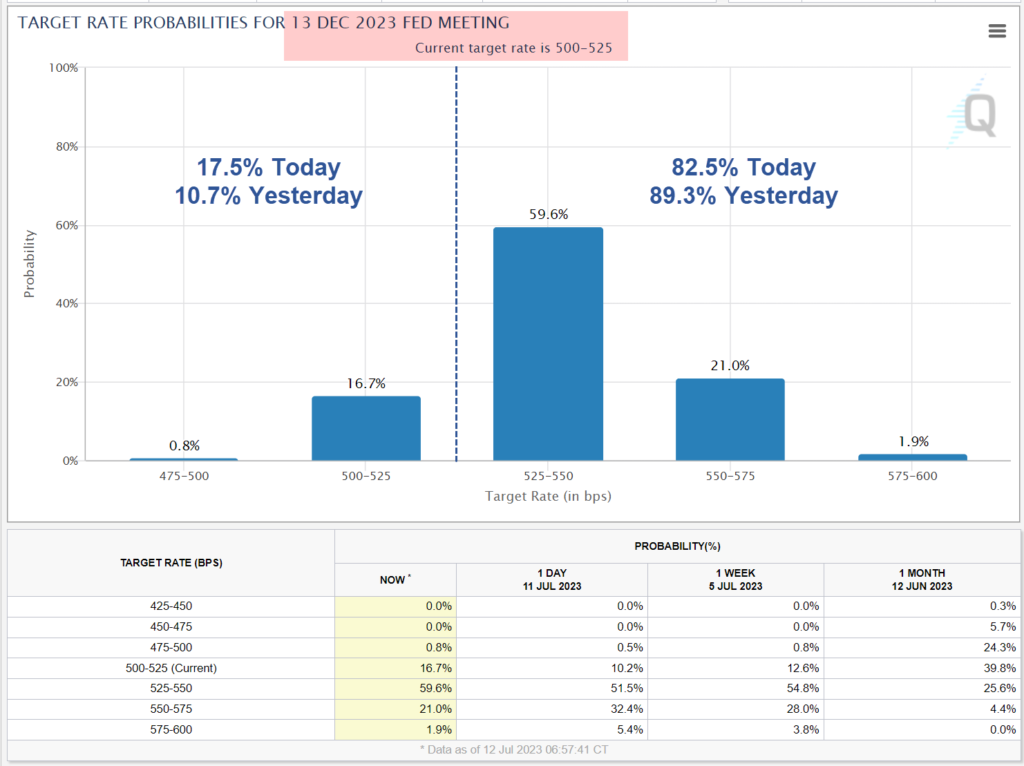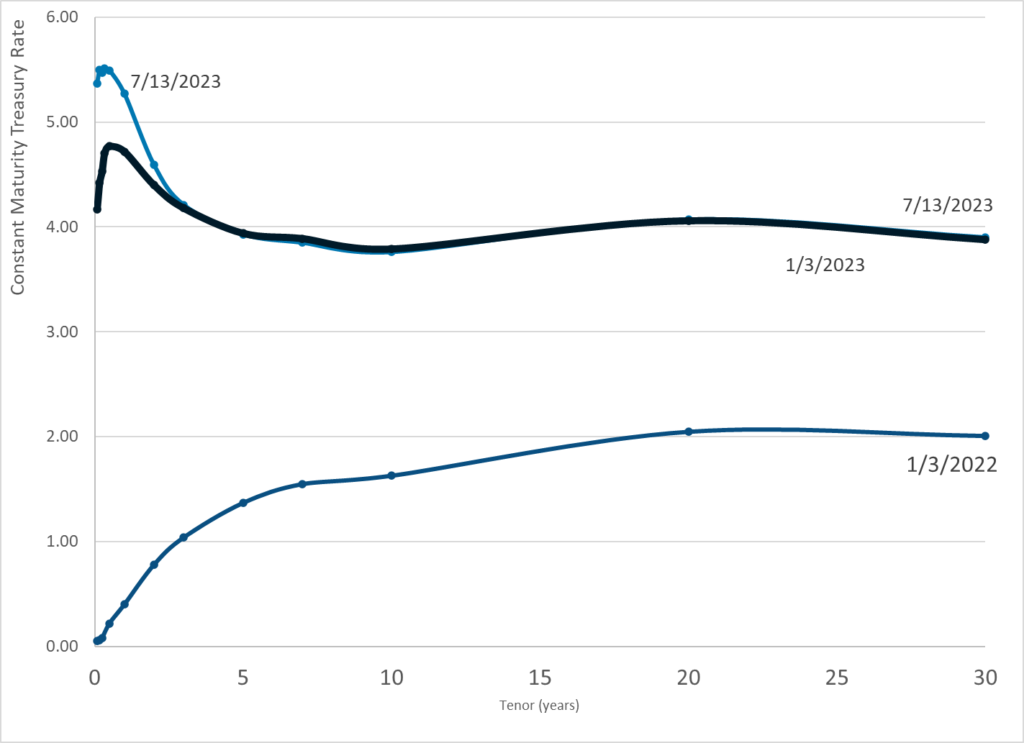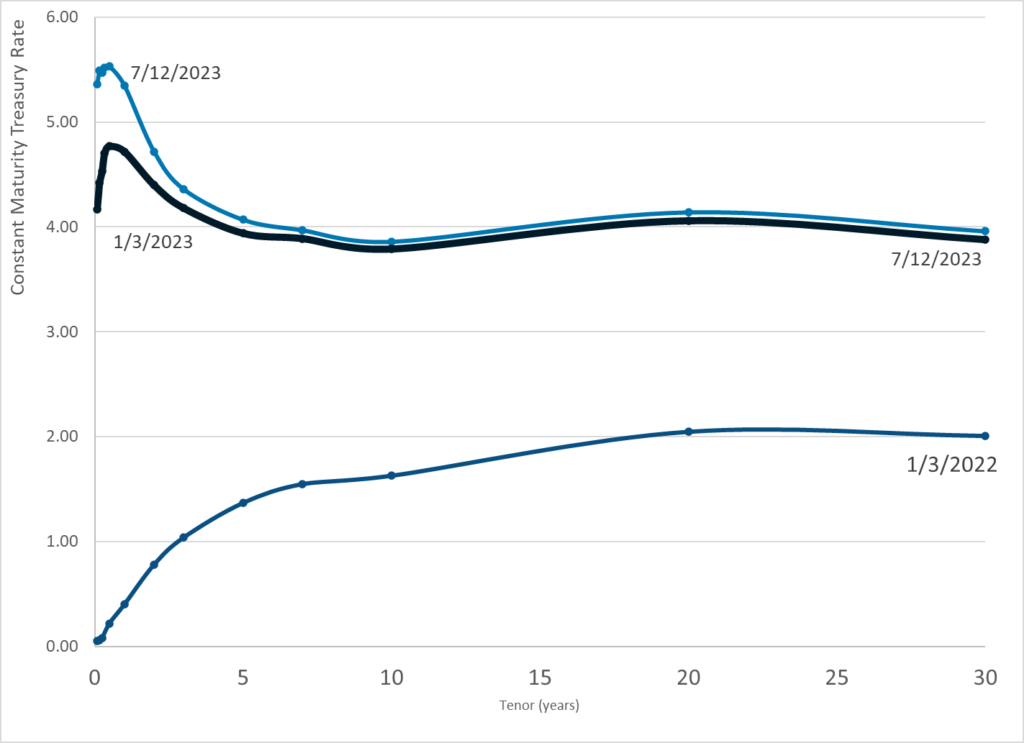Excerpt:
State Comptroller Thomas P. DiNapoli, United States Attorney for the Northern District of Georgia Ryan K. Buchanan and Inspector General for the Social Security Administration Gail S. Ennis today announced that Sandra Smith, a resident of Georgia, has pleaded guilty to the federal crime of theft of government funds and must pay back $459,050 in New York state pension and Social Security payments that were issued to her deceased mother-in-law.
“Exploiting the death of a family member for personal profit is a heinous crime,” DiNapoli said. “The defendant took advantage of our state pension fund and the Social Security Administration but as a result of our joint investigation her crimes were discovered. She now faces the consequences of her actions. My thanks to U.S. Attorney Buchanan and the Social Security Administration Office of the Inspector General for their partnership in ensuring justice was served and restitution was made in this case.”
Smith pleaded guilty to two counts of theft of government funds. Under her plea agreement, she will pay $264,699 in restitution to the state pension system and $194,351 to the SSA.
The defendant’s late-mother-in-law, Minnie Smith, was an employee of the New York State Insurance Fund for 20 years until retiring in 2005. To be closer to family, she moved from Brooklyn to Georgia afterward and passed away there on Sept. 14, 2006.
As her mother-in-law’s caretaker, Sandra Smith had access to her bank account, which she kept open after her mother-in-law’s death to enable the theft of continued payments from the New York state pension system and Social Security. The thefts were discovered and investigated by the Comptroller’s Division of Investigations and the SSA-OIG.
Smith, 49, pleaded before Judge Eleanor Ross of the United States District Court for the Northern District of Georgia.
Author(s): press release
Publication Date: 11 July 2023
Publication Site: Office of the NY State Comptroller
